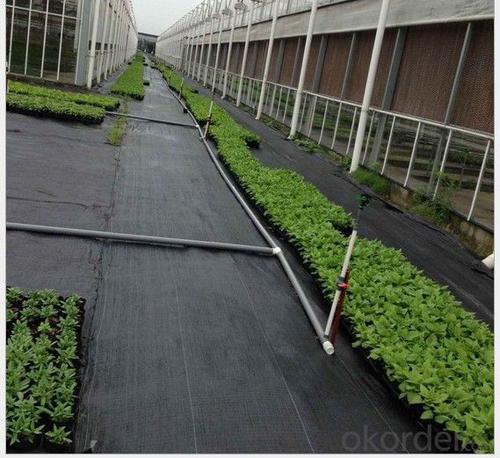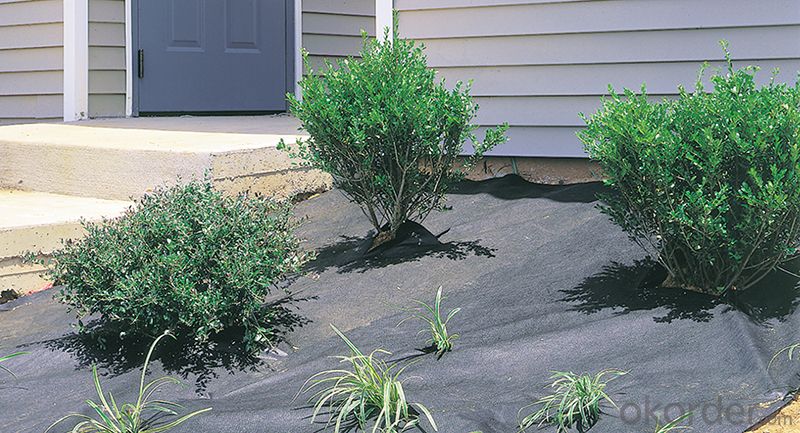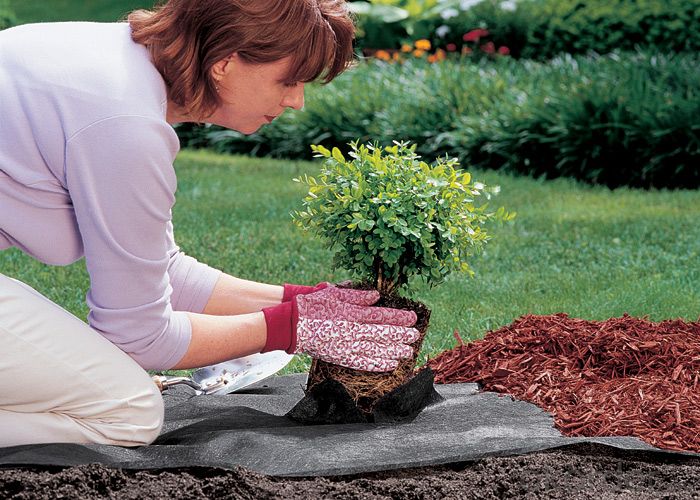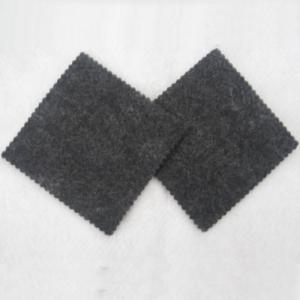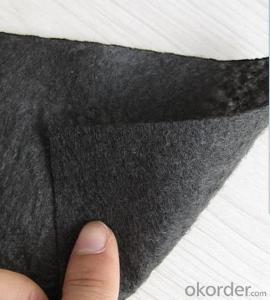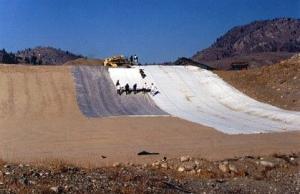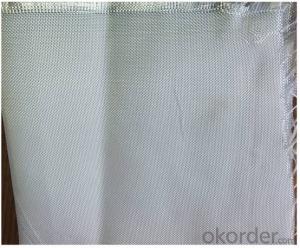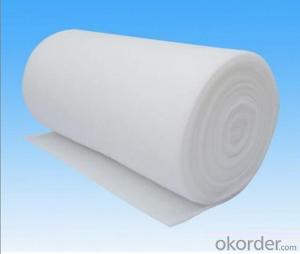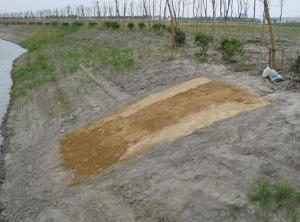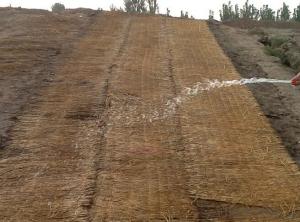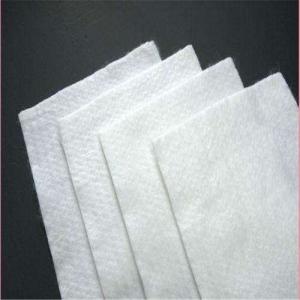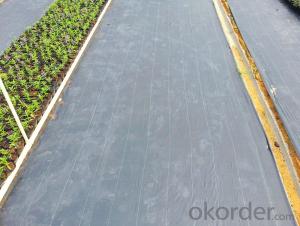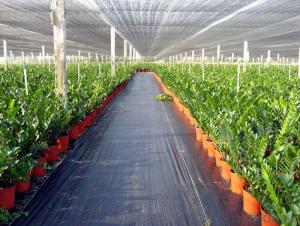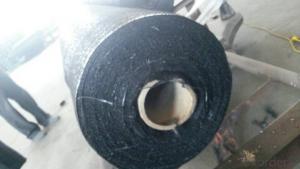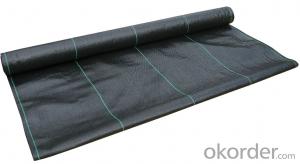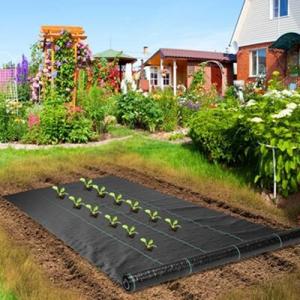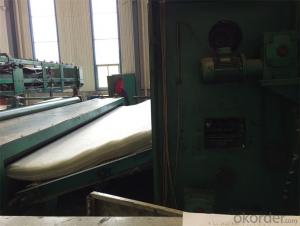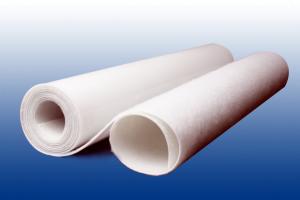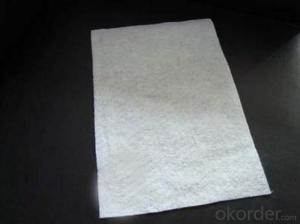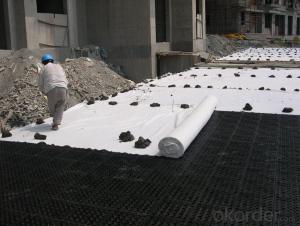Geotextile Road Fabric Silt Fence with Polypropylene Landscape Fabric
- Loading Port:
- China main port
- Payment Terms:
- TT OR LC
- Min Order Qty:
- 5000 m²
- Supply Capability:
- 100000 m²/month
OKorder Service Pledge
OKorder Financial Service
You Might Also Like
1. Silt Fence Description:
Silt Fence fabric is made of environmentally friendly raw materials, pp spunbond nonwoven fabric. It used to prevent the growth of weed, without the use of potentially dangerous chemical sprays or labor intensive hoeing. Once installed, weed mat will continue providing protection for years without maintenance.
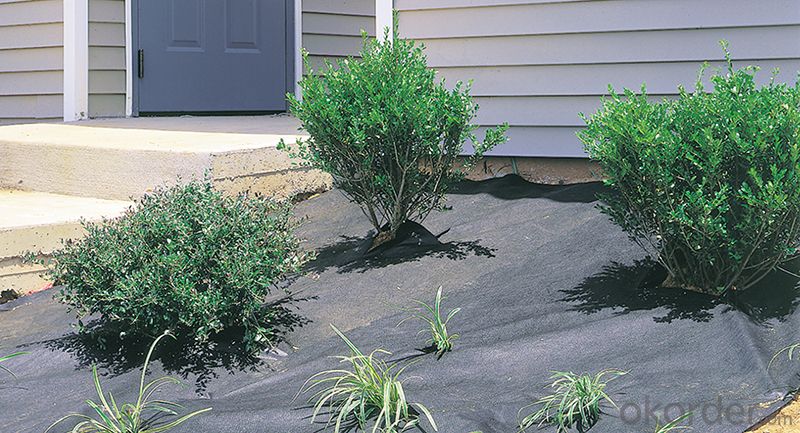
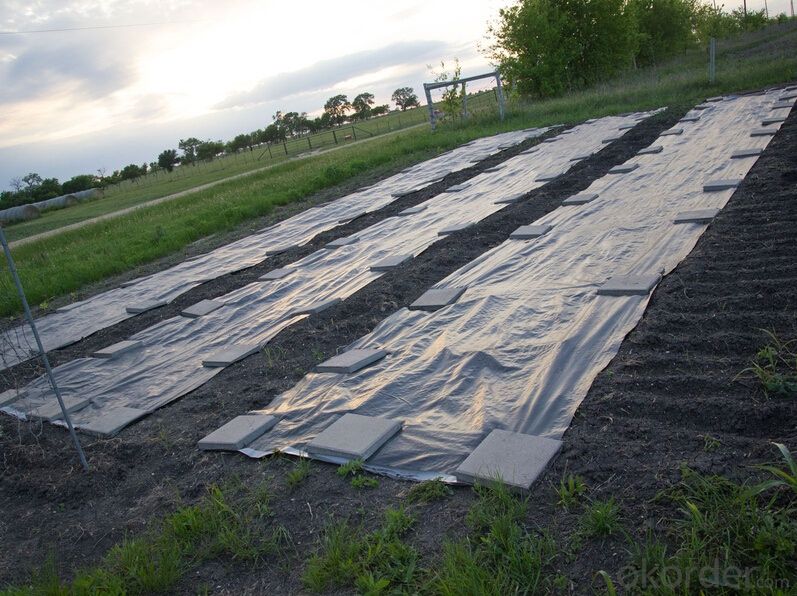
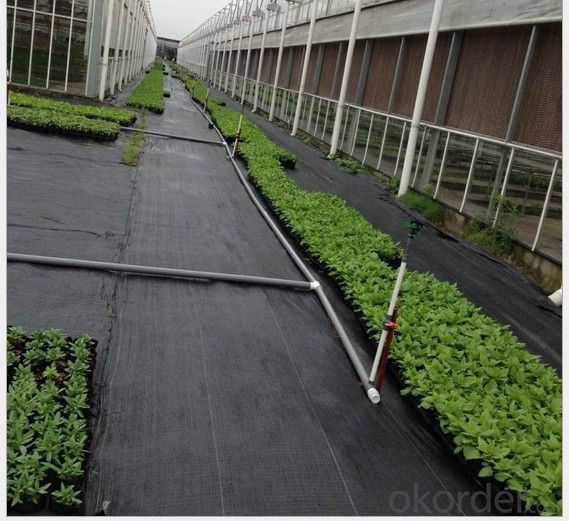
2. Silt Fence Fabric Feature:
1. Weed suppressant and drainage control landscaping fabric
2. Spun bonded non-woven fabric – will not fray when cut
3. Easy to use
4. Environmentally friendly
5. Allows water, air and nutrients through, suppressing weeds without the use of chemicals
6. Good alternative to Plantex® where cost is a factor
7. UV Stabilised
8. Reduces the level of watering required due to the slower rate of water evaporation
3. Silt Fence Fabric Function:
1. Cover crops in the ground surface,prevent weeds and against the insect
2. Controlling soil humidity and the temperature
3. Does not affect the growth of the crops
4. Protects plants from harmfully solar radiation
5. Air permeability, water permeability help crops growth.
6. Mothproof, eco-friendly, breathable, anti-bacteria, tear-resistant, fusible
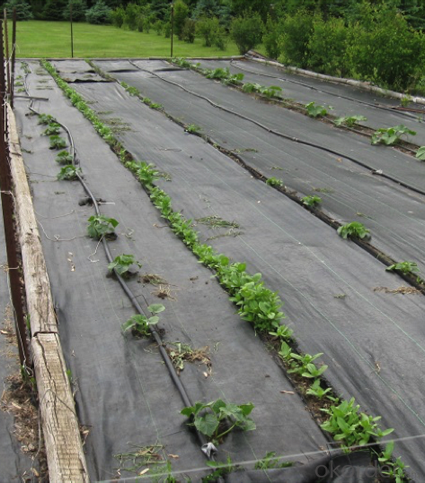
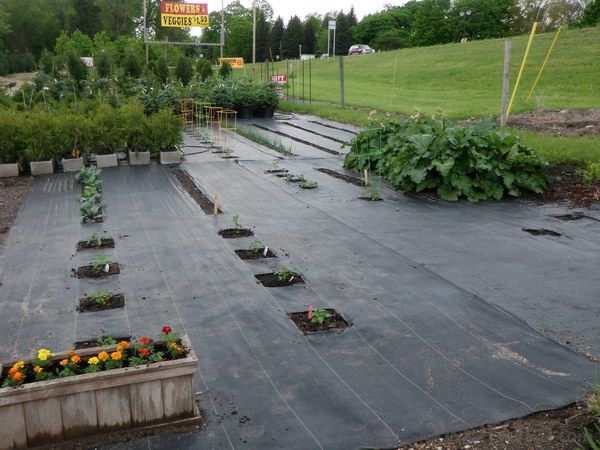
4. FAQ:
Q1: What is your minimum order quantity?
A:The minimum order quantity is 5000 ,but it is negotiable.
Q2:What is your payment terms?
A: T/T,Western Union,Paypal,L/C...
Q3:What is your delivery time?
A:Production time usually costs 2-20 days.
Waiting to cooperate with you!
- Q: Can geotextiles be used in road construction?
- Yes, geotextiles can be used in road construction. They are commonly used as a part of the road pavement system to enhance the performance and durability of the roads. Geotextiles provide reinforcement, separation, and filtration functions, helping to prevent the mixing of different soil layers, improving load distribution, and reducing the potential for pavement damage.
- Q: Designers give blind ditch length of 540m, geotextile for 2835m2 more
- Lovel new materials geotextile raw materials: geotextile raw materials used not only to consider its use in the environment required physical and chemical properties, but also pay attention to product costs.
- Q: Is the polyester nonwoven fabric geotextile?
- Not geotextile. Polyester non-woven fabrics: mainly used for construction, roof waterproof as a base cloth, attached to the above sand, cement, etc., to prevent the role of sand leakage. Nonwovens are often used in construction and are a measure to prevent cracks. Geotextile manufacturers, for your answer
- Q: Do you want to make a geotextile?
- Is not the perforated tube, the cloth is not prevented from blocking the pipe hole. I am specializing in the production of geotextiles may be inside the trench inside the anti-seepage design, laying composite geomembrane
- Q: How do geotextiles help with asphalt overlay?
- Geotextiles help with asphalt overlay by providing a stable and durable base for the new asphalt layer. They act as a barrier, preventing the mixing of the new asphalt with the existing pavement, which improves the overall strength and performance of the overlay. Additionally, geotextiles help in reducing reflective cracking and extending the lifespan of the asphalt overlay by distributing the load and reducing stresses on the pavement.
- Q: Geotextile is what to do with
- Geotextile is reinforced and segregated, reinforced mainly to enhance the ability of materials to shear and tensile deformation, to prevent the reflection of cracks in the road; isolation is the separation of different materials to maintain their performance; because the geotextile itself is not waterproof, In the old road renovation over the asphalt mixture will form impermeable complex, in addition to preventing cracks will have a certain waterproof effect. The roadbed refers to the strip structure that is built on the basis of the route position and certain technical requirements. It is the basis of the railway and the road. The roadbed is a linear structure made of soil or stone. Built in good geological, hydrological, climatic conditions under the roadbed. From the material points, subgrade can be divided into soil subgrade, stone roadbed, earth and rock roadbed three.
- Q: Geotextile cloth and no square what meaning
- Geotextile, also known as geotextile, originated in the twentieth century, the fifties. Raw materials are polyester, polypropylene, acrylic, nylon and other polymer polymer synthetic fiber. Geotextiles are woven and non-woven. Not "Square", it is divided by the manufacturing process, the use of textile technology made of geotextile called spinning, and vice versa for non-woven geotextile. Due to the low cost of spinning geotextile, the cost is slightly higher. Most of the current engineering applications are non-woven geotextiles. They have a filter, filter, isolation, reinforcement, protection, and other functions.
- Q: How do geotextiles help with subgrade separation in pavement systems?
- Geotextiles help with subgrade separation in pavement systems by acting as a barrier between the subgrade soil and the overlying base and subbase layers. They prevent the mixing of these layers, which can lead to contamination and reduced structural integrity of the pavement. Additionally, geotextiles enhance the load distribution and drainage capabilities of the pavement system, improving its overall performance and longevity.
- Q: Can geotextiles be used for reinforcement of underground tunnels?
- Yes, geotextiles can be used for reinforcement of underground tunnels. Geotextiles are commonly used in civil engineering projects, including tunnel construction, to provide reinforcement, drainage, and separation. In the case of underground tunnels, geotextiles can be installed to prevent soil erosion, provide stability, and enhance the overall structural integrity of the tunnel.
- Q: Can geotextiles be used in erosion control on steep slopes?
- Yes, geotextiles can be used in erosion control on steep slopes. Geotextiles are specially designed fabrics that are used to stabilize soil and prevent erosion. They can be installed on steep slopes to reinforce the soil, reduce water flow, and promote vegetation growth, all of which help to prevent erosion and maintain slope stability.
Send your message to us
Geotextile Road Fabric Silt Fence with Polypropylene Landscape Fabric
- Loading Port:
- China main port
- Payment Terms:
- TT OR LC
- Min Order Qty:
- 5000 m²
- Supply Capability:
- 100000 m²/month
OKorder Service Pledge
OKorder Financial Service
Similar products
Hot products
Hot Searches
Related keywords






